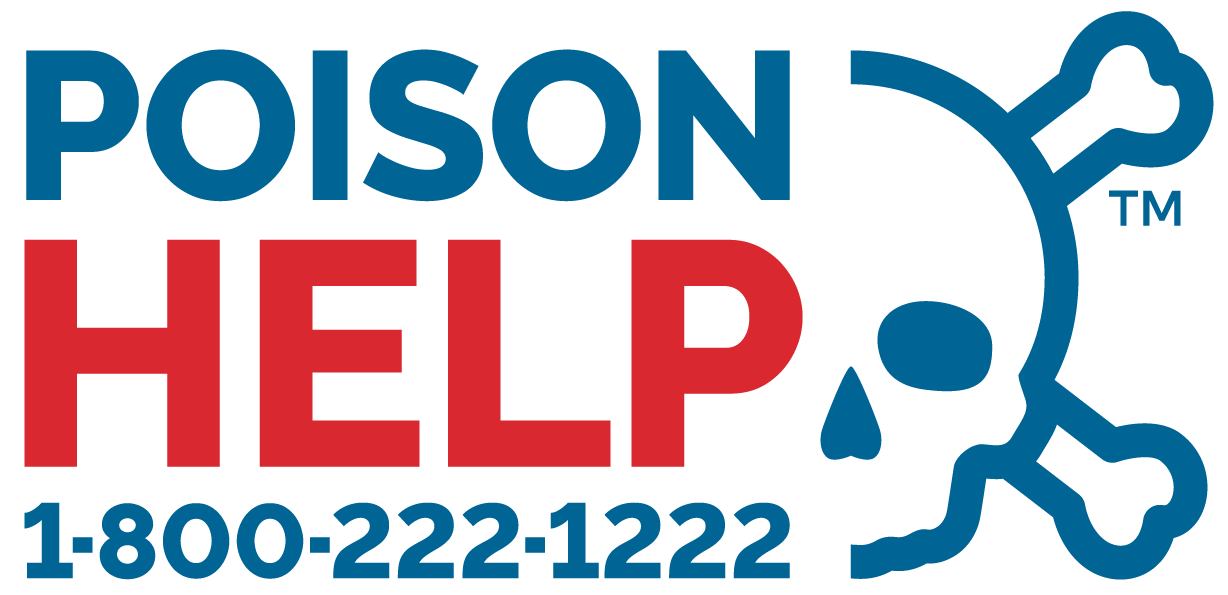Safety Camps
Programs
Unintentional injury is the leading cause of death for children under the age of 14. More children die annually from preventable injury than from all childhood diseases combined. Children are hurt and killed in traffic as motor vehicle passengers, pedestrians, and bicyclists. They suffer from burns, drowning, choking and falls. And children get poisoned.
Each year, Poison Centers handle over 1 million potentially poisonous exposures in children under the age of 12. It is obvious that changes in our society have had a dramatic effect on the potential for accidental poisonings of children in the home. As the trend increases towards single parent families and families in which both parents work outside the home, many elementary aged students are home alone or left in charge of younger siblings.
Safety Camp was first developed in 1990 by the Eden Prairie, Minnesota Police Department. It has grown to national prominence. The purpose is to teach children about safety in a fun, daycamp atmosphere. In addition, the camp is meant to develop rapport between campers and police, fire, and medical personnel.
Most camps target children who have just graduated from 3rd and 4th grade. Roughly 60-150 campers are enrolled for a 2 or 3 day camp. Typically, specialists from outside the police or fire departments present a teaching activity to the campers on various safety issues. The day is usually scheduled so each specialist is working with groups of 15-25 campers over a 30 minute to 1 hour period, however, this can vary for each camp. The presentation is given to rotating groups of campers so that everyone attends each presentation.
Activities have been developed for Safety Camp. They can be combined in order to accommodate different camp schedules or any program where an activity is needed for elementary students. These include:

